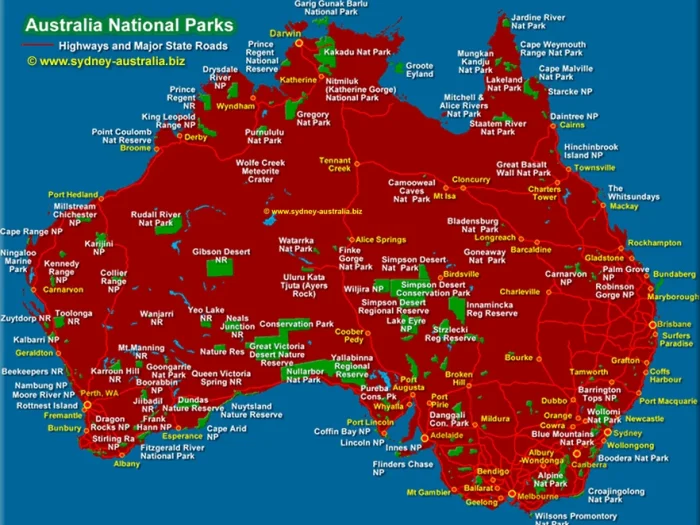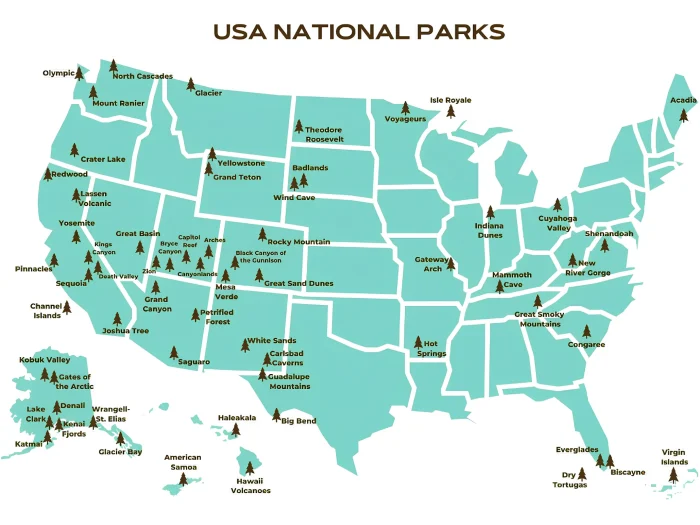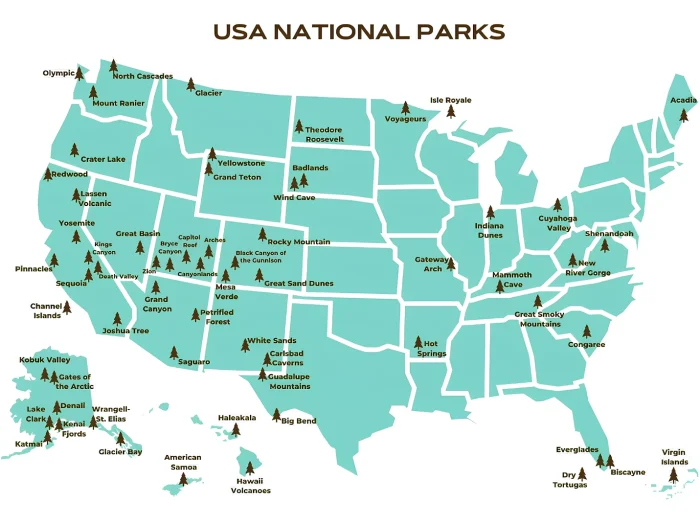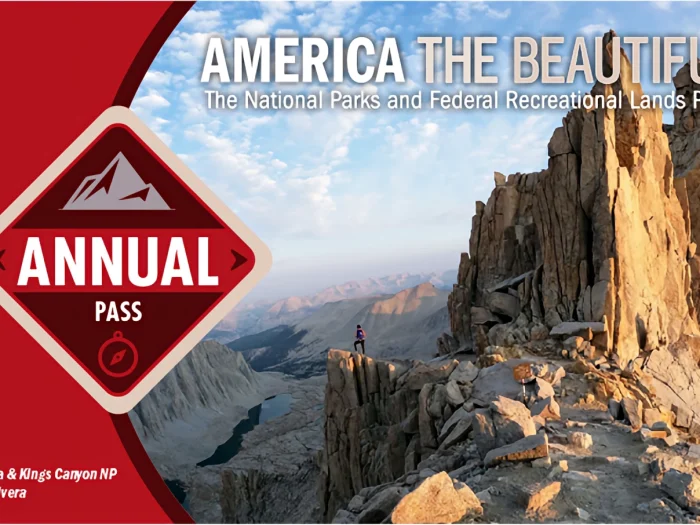Hakalau Forest National Wildlife Refuge
Hakalau Forest National Wildlife Refuge information
Location: Hakalau Forest National Wildlife Refuge is located on the island of Hawaii in the state of Hawaii, United States. It is situated on the slopes of Mauna Kea, one of the tallest mountains in the world when measured from its underwater base. The refuge encompasses a diverse range of ecosystems, including tropical rainforests and montane cloud forests.
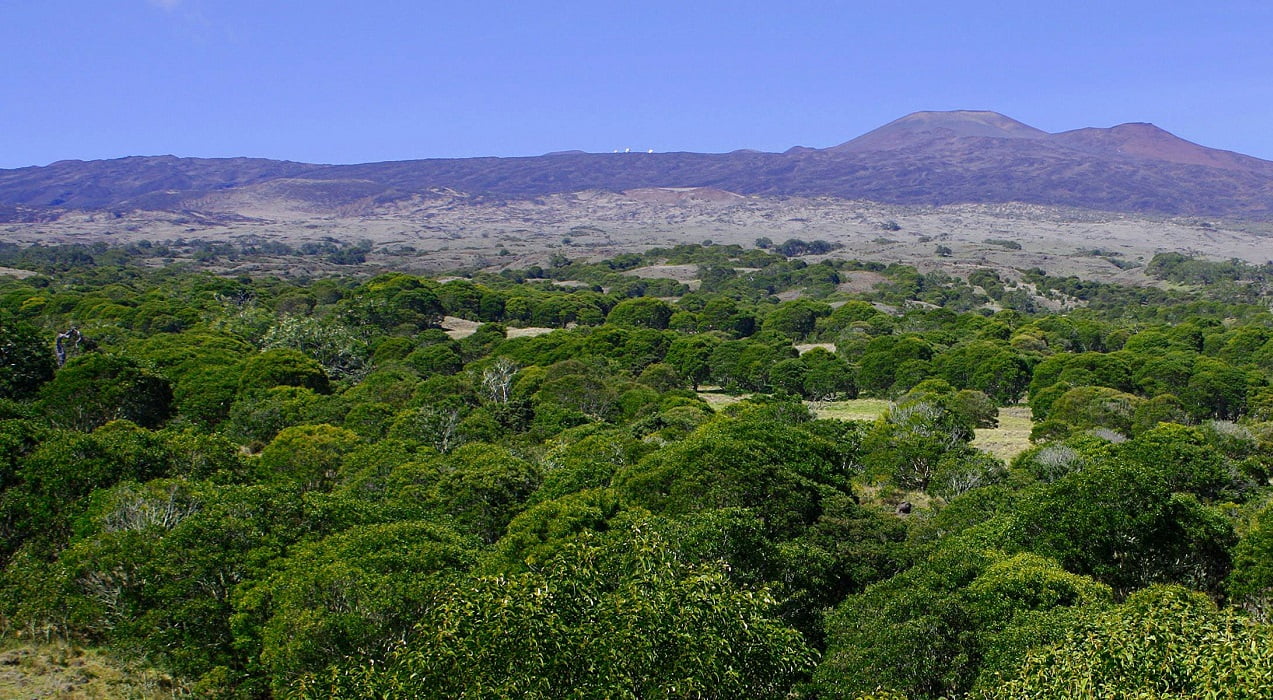
Hakalau Forest National Wildlife Refuge image from Facebook
Closest Airport: The closest major airport to Hakalau Forest National Wildlife Refuge is Hilo International Airport (ITO), located on the eastern side of the island of Hawaii. It is approximately 20 miles south of the refuge. From Hilo Airport, visitors can rent a car and drive north to reach the refuge.
Note: Hakalau Forest National Wildlife Refuge (NWR) is currently closed to self-guided activities due to concerns regarding Rapid ʻŌhiʻa Death, a disease responsible for devastating thousands of acres of mature ʻōhiʻa trees in forests and residential areas across Puna and Hilo Districts of Hawaiʻi Island. This closure is implemented to prevent the potential spread of the disease, which can be transmitted through contaminated soil on vehicles, tools, shoes, and clothing. Protocols are being developed to ensure that visitors do not inadvertently contribute to the spread of the disease. For more information and updates on Rapid ʻŌhiʻa Death research, please read this article
History: Hakalau Forest National Wildlife Refuge was established in 1985 to protect and preserve critical habitat for endangered Hawaiian forest birds, including the Hawaiian honeycreepers. The refuge also aims to conserve native plants and other endemic species found within its boundaries.
Visitor Centers: While Hakalau Forest National Wildlife Refuge does not have a dedicated visitor center, visitors can obtain information about the refuge and its resources from the U.S. Fish and Wildlife Service office in Hilo or through online resources.
- Address: 60 Nowelo St, Hilo, HI 96720, United States
- Official website: https://www.fws.gov/refuge/hakalau_forest/
- Phone: +1 808-443-2300
Hakalau Forest National Wildlife Refuge tour
Hakalau Forest National Wildlife Refuge (NWR) currently permits several commercial natural history and bird tour guide operators through Special Use Permits (SUP). These operators have access to the Pua Akala Unit, an area within the refuge where visitors have the opportunity to observe some of Hakalau’s most endangered bird species. If you are interested in this unique experience, please contact the companies listed below to inquire about available tour options and make your reservations accordingly.
| Hawai`i Bird Guide LLC +1 808-495-6545 email: [email protected] website: http://www.hawaiibirdingguide.com |
| Hawai`i Birds LLC +1 808-964-3535 email: [email protected] website: https://jackjeffreyphoto.com/ |
| Hawai`i Forest and Trail +1 808-331-8505 email: [email protected] website: https://hawaii-forest.com/ |
Things to do in Hakalau Forest National Wildlife Refuge
- Birdwatching: The refuge is a prime destination for birdwatching, offering opportunities to observe a variety of native Hawaiian bird species, including the endangered ‘Akiapola’au, ‘Akepa, and ‘I’iwi.
- Hiking: Hakalau Forest National Wildlife Refuge features several hiking trails that traverse its diverse landscapes. These trails provide opportunities for visitors to explore the refuge’s rainforests, cloud forests, and native plant communities.
- Wildlife Viewing: In addition to birds, the refuge is home to other native Hawaiian wildlife, such as the Hawaiian hoary bat and various endemic insect species. Visitors may also encounter native plants, including tree ferns, ‘ohi’a lehua, and koa.
- Photography: The stunning natural beauty of Hakalau Forest National Wildlife Refuge provides ample opportunities for photography enthusiasts to capture breathtaking landscapes, unique flora, and colorful bird species.
Weather: The weather at Hakalau Forest National Wildlife Refuge can vary depending on elevation and time of year:
- Low Elevation: At lower elevations, such as near the coast, temperatures are typically warmer, with average highs ranging from the 70s to 80s Fahrenheit (around 21-32°C). Rainfall is more common in these areas, especially during the winter months.
- High Elevation: At higher elevations within the refuge, temperatures are cooler, with average highs ranging from the 50s to 60s Fahrenheit (around 10-20°C). Cloud cover and mist are more prevalent in these areas, contributing to the unique montane cloud forest ecosystem.

